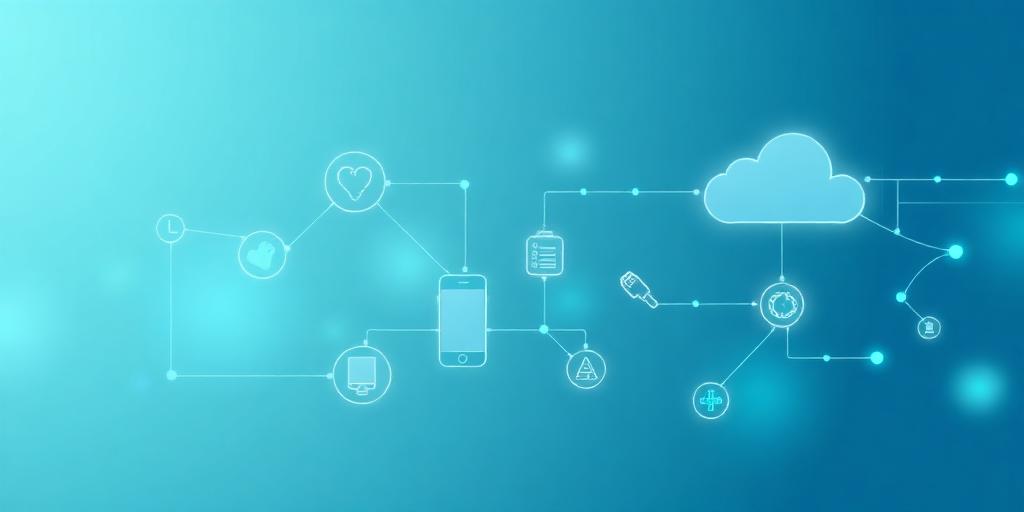The healthcare landscape is undergoing a profound transformation, largely driven by the integration of the Internet of Things (IoT). This paradigm shift is ushering in an era where data, connectivity, and proactive care converge, fundamentally reshaping patient management and operational efficiency. The emergence of connected medical devices is not merely a technological advancement but a strategic imperative for modern healthcare systems.
What is IoT in Healthcare?
IoT in healthcare, often referred to as the Internet of Medical Things (IoMT), encompasses a vast network of medical devices, sensors, and software applications that communicate and exchange data over the internet. This connectivity enables real-time data collection, remote monitoring, and automated responses, moving healthcare beyond traditional clinical settings.
Transforming Patient Care and Operations
The deployment of IoT in healthcare offers multifaceted benefits:
- Remote Patient Monitoring (RPM): Wearable sensors and smart devices allow healthcare providers to continuously monitor vital signs, glucose levels, and cardiac activity from afar. This capability significantly reduces hospital readmissions, improves chronic disease management, and provides timely interventions.
- Enhanced Operational Efficiency: IoT facilitates asset tracking, optimizes resource allocation, and streamlines workflow within hospitals and clinics. Smart inventory management systems, for instance, ensure critical supplies are always available, reducing waste and improving responsiveness.
- Precision Medicine: By collecting vast amounts of real-time patient data, IoT devices contribute to more personalized and effective treatment plans. This data, when analyzed, can reveal patterns and insights leading to improved diagnostic accuracy and tailored therapeutic approaches.
- Preventive Healthcare: Continuous data streams enable early detection of health anomalies, shifting the focus from reactive treatment to proactive prevention. This is a critical aspect of managing public health and individual well-being.
Challenges and Considerations
While the potential is immense, the widespread adoption of connected medical devices benefits must address critical challenges:
- Data Security and Privacy: The sensitive nature of health data necessitates robust cybersecurity protocols. Protecting patient information from breaches and unauthorized access is paramount.
- Interoperability: Ensuring seamless communication between diverse devices and existing healthcare IT systems remains a complex hurdle. Standardized protocols are essential for a truly integrated IoMT ecosystem.
- Regulatory Compliance: The stringent regulatory environment governing medical devices requires careful navigation to ensure devices meet safety, efficacy, and data handling standards.
The Future of IoMT
The trajectory for IoMT is one of continuous growth and innovation. As 5G technology expands, enabling faster and more reliable data transmission, the capabilities of remote patient monitoring IoT will multiply. Integration with Artificial intelligence (AI) and machine learning (ML) will further enhance predictive analytics and diagnostic capabilities. The impact of IoT on healthcare is set to revolutionize care delivery, making it more accessible, personalized, and efficient.
Conclusion
The rise of connected medical devices marks a pivotal moment for healthcare. By embracing the power of IoT, healthcare systems can unlock unprecedented opportunities for improving patient outcomes, optimizing operations, and fostering a more proactive and personalized approach to health. The journey ahead requires sustained investment in technology, infrastructure, and robust security measures to fully realize the transformative promise of IoMT.




